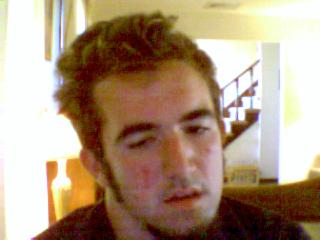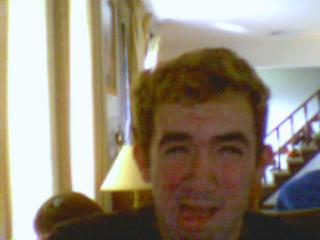




































































































































Considered one of the best Chicano poets of his time, Soto has published over 20 books including seven volumes of poetry. He has received fellowships from the Guggenheim foundation and the NEA. He has also won the Andrew Carnegie medal among other honors.
Soto was not expected to achieve in this way. He was born in 1952 in Fresno, California to a family of field and factory workers. He himself held jobs like picking grapes and cotton when he was young. His family suffered hardships, being confined to tough neighborhoods because of prejudice and poverty. Gary’s father was killed in a industrial accident when he was five. Even though his mother remarried and they were able to move into slightly better surroundings, Soto never imagined a future without violence and poverty. In fact many of his childhood friends later wound up in prison or were killed.
Gary got into trouble in school often. He was a “D” student whose main goal in life was to avoid prison himself. He barely graduated from High School and enrolled in Fresno City College to avoid the draft in 1970. His family was illiterate so at first Gary majored in geography in hopes of avoiding writing! But when he read the anthology “The New American Poetry” and learned about “beat” poets like Allen Ginsberg, he was inspired. He graduated from Cal State in 1974 with honors and then received his M.F.A. from the University of California . A year later he published his first book of poems : “The Elements Of San Joaquin”.
His books of poetry including : “The Tale Of Sunlight” and “Where Sparrows Work Hard” , mix reality with magic even while telling of the hardships of migrant life. But although Soto is considered a respected voice of Chicano literature now, he was criticized for not being “political” enough for the ‘70s. He didn’t address the Vietnam war or “Chicano pride” issues. Instead he was personal in his work in a way that appealed to universal feelings of family and struggle. He was also highly praised and is one of the youngest poets to have appeared in the “Norton Anthology Of American Poetry”.
In the 80’s Soto published three books of essays: “Living Up the Street”, “Small Faces”, and “Lesser Evils”. These tended to be autobiographical but more lighthearted than his poetry. Inspired by fan letters from teenaged Mexican Americans Gary decided to try writing for children and young adults. In 1990 he published “Baseball In April” which won the American Library Association’s “Best Book For Young Adults” award. Later books include “Too Many Tamales”, “Taking Sides “ and “The Skirt”. His books always feature Chicano characters that are highly developed and far from stereotypes. He has stated that he hopes to inspire young Mexican Americans to be readers and writers.
Recently Gary Soto has published two novels : “Nickle & Dime” and “Poetry Lover”. He occasionally teaches English and Chicano Studies at University of California in Berkley. He lives in Berkley with his wife and daughter. He also serves as the Young People’s Ambassador for the California Rural Legal Assistance and the United Farm Workers of America.





